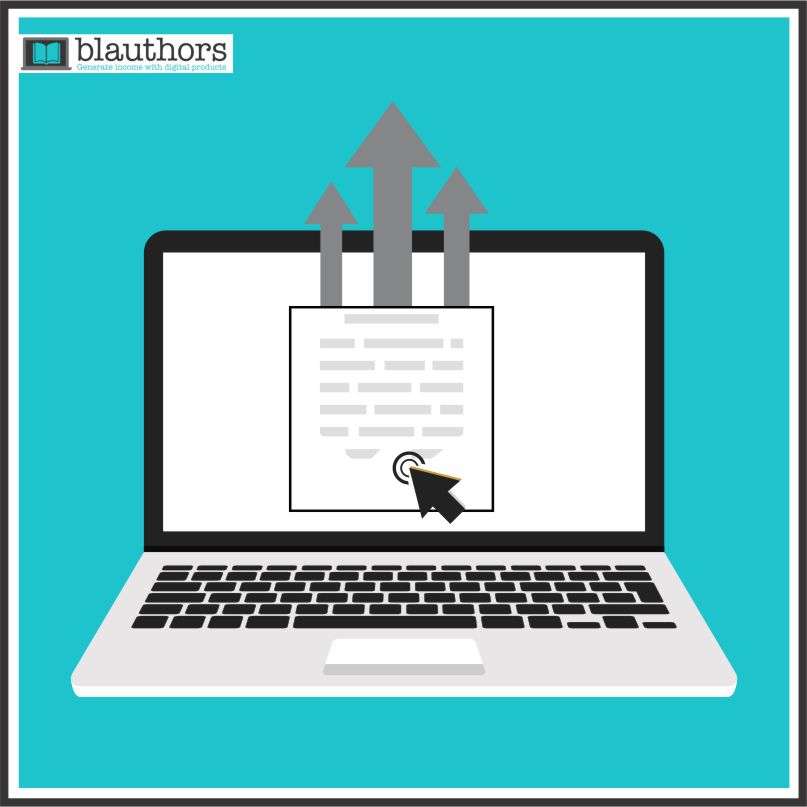How Long Should My Emails Be?

The magic question – how long should my emails be? And the magic answer is… drumroll please… even though I have sent thousands of emails your guess is as good as mine.
The top autoresponder services will tell you one of the most common questions they receive is, “How long should my emails be?” This is a smart question to ask. It means you’re concerned about either boring your subscribers to death, or not offering enough content.
That is a good thing to think about it but there may not be a straight answer.
The relationship you have with the people on your email list is extremely important. So congrats for trying to keep your subscribers happy. What is the answer to this common email writing question? The answer is, there really is no “one-size-fits-all answer”. However, a lot of data points to shorter emails as the most effective.
Comparing My Own Email Lists and Length
I have three email lists. One is large (just about 80K), one is gaining ground quickly at close to 10K and this one is just starting out. For my largest list, I have always sent long emails with the same exact format for over 10 years now! I have decent click rates (25-30% open rates and 15-20% click through rates). Near the bottom of the email I have the least amount of clicks so I jam pack all the important information near the top.
For my 10K list and this list, I keep my emails super short and my click rate is lower.

Focus on the Subject
The bottom line is to stay focused on the subject line regardless of length. Remember that you should always deliver on what you promise in your email subject line. If that subject line promises a lot of content, it had better be in your email. You can also simply link back to your website where you have a lengthy blog post. If you want to provide a freebie, I include a link to that in the email that is usually tracked.
The key in almost all cases is to be short and effective with your emails. The vital point is quality over quantity, always trimming unnecessary text from the subject line and body of your emails.
Past versus Present Email Use
When email was a relatively new technology, people didn’t mind reading long form content. “You’ve got mail!” was a greeting people loved seeing. Email was considered such a popular communications technology that there was even a movie made with that memorable 3 word greeting you got from AOL when you logged into your email account and had new messages waiting on you.
Today smartphones have teens and adults texting dozens, if not hundreds, of times each day. People are more used to dealing with short content. Hubspot recommends keeping emails under 200 words.
Advice from other popular autoresponder services recommends short emails as well. How short is short? Just ask yourself the following 3 questions, and your emails will be the right length every time.
- Who am I sending this to?
- What am I talking about?
- What type of email is this?
An email to your mom about an upcoming trip is probably not going to be very long. Alternately, if you’re talking about a complicated process to someone unfamiliar with the subject, your email may be longer. Considering what type of email you are sending, your first thank you email should probably have more content than a broadcast email simply announcing a new blog post.
Think brevity at all times. Get to the point quickly. Cut out any unnecessary fluff and ask yourself the 3 questions above, and you will ensure you have the perfect email length every time.
Don’t always base it on word count but on whether you are telling your readers everything they need to know about the topic.
Need more help with email marketing?
If you are frustrated with the results of your email marketing, feel like you’re wasting your time when you spend hours trying to craft the perfect marketing email, or you just aren’t getting many sales from your emails, then the Email Copywriting Workbook can teach you how to craft the right structure and copy for every email. If you know what to write and how to write it, your emails can effortlessly convert prospects to customers and build a lasting, profitable relationship with your current customers.



